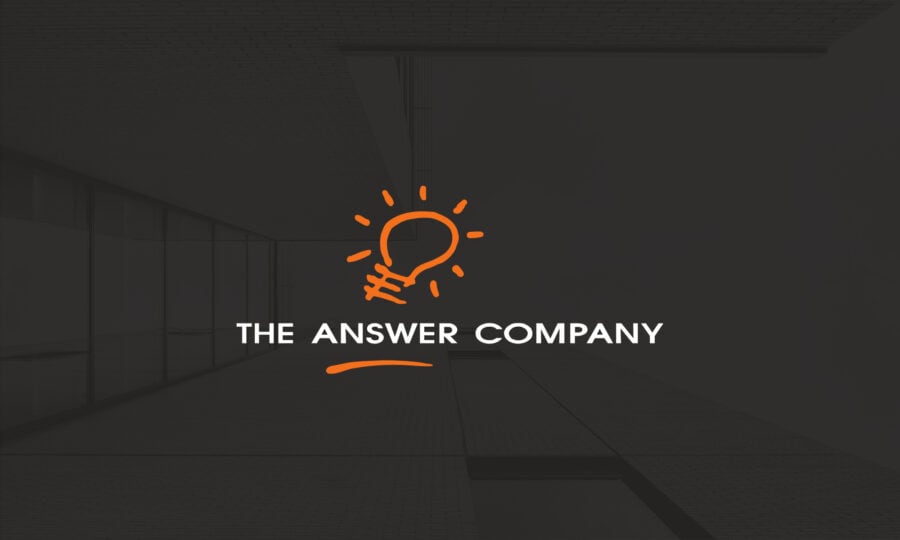Data Back-Up vs Disaster Recovery vs Business Continuity: Do you know the Difference? Is your Business Safe?
Protecting your data is an essential part of running a successful business. It’s easy to say ‘it won’t happen to me’, but if disaster strikes and your business isn’t adequately prepared, years of data that form the foundation of your business could be gone in the snap of your fingers – and there’s no way to turn back time and get it back. The majority of businesses back-up their data, but few realize that’s only the first step in protecting their business. Too often businesses don’t take into consideration how long it will take to restore data in the event of a disaster, the cost of lost business while things get up and running again, and what would happen if your data back-ups can’t actually be restored. The importance goes without question, especially given that 93% of companies that lose data for 10 days or more due to a disaster file for bankruptcy within one year of the disaster*.
To be fully protected your business should have a Disaster Recovery Plan, and in best cases, Intelligent Business Continuity; but first you have to understand what those mean and how they differ from back-ups alone.
Data Back-up
When you back-up your data you’re creating a copy or archive of your data, so if your data is ever lost you have a saved copy you can restore. Back-ups can be run manually or automatically, but regardless of how they’re run, it’s essential for your business to back-up regularly. Unfortunately, there are hundreds of ways data can be permanently damaged or lost and the first step to safeguarding it is to ensure you always have a back-up. Is a back-up enough to support your business? Absolutely not.
Disaster Recovery
Threats to your data come in many shapes and forms. You could lose or damage it due to ransomware and computer viruses, your laptop could be stolen, or against all odds, your technology could even be destroyed as the result of a natural disaster that hit your office, such as a fire, flood or earthquake. Unlike a data back-up alone, Disaster Recovery focuses on the technology systems supporting all of your essential business functions (i.e. – Business Management Solution, ERP, CRM, or HR system), and the steps needed to prevent disasters from occurring, as well as minimizing the effect of a disaster if it happens.
Disaster Recovery is critical for every business. Working with a Managed Services Provider (MSP) will enable your business to put together a Disaster Recovery Plan (DRP) that is unique to your technology and requirements. Choosing a provider that knows the ins-and-outs of the ERP you use will provide an even more robust recovery plan.
Business Continuity
The focus of Business Continuity is to keep your business running normally, even in the event of disruptions and unforeseen disasters, which means that it takes into consideration both back-ups and disaster recovery. Business Continuity involves thinking about your business at a high level and as a whole.
In an effort to ensure that your business can run smoothly and without disruption, Business Continuity will take into consideration things such as if data can be successfully restored from back-ups and how long that restoration would take. Many back-ups go untested and over 50% of tape backups fail, which means that businesses only discover that they’re missing data, or that their back-up’s can’t be restored when it’s too late. Intelligence Business Continuity tests each backup and sends a screenshot to report its success, so you have peace of mind that your data is being backed up properly.
When it comes to restoring your data from a backup, it often comes to a surprise for businesses running traditional back-ups that a full data restore can take weeks to complete, leaving the business at a standstill with the possibility of millions of dollars in revenue being lost while the business gets back on track. With a Hybrid Cloud solution and Intelligent Business Continuity, you can restore back-ups in a matter of hours instead of days or weeks, no matter how big the back-up is. While it costs more up-front, Business Continuity ensures that your data is safe and your business won’t be faced with lost revenue due to interrupted processes and long period of downtime following a disaster.
A three tier approach to Ensure your Business is Protected
Backing up your data alone isn’t enough because it doesn’t actually ensure that your data is safe. Without proper planning and preventative measures against disasters, your business is left vulnerable. Disaster Recovery is an essential step in ensuring that your business is taking measures to decrease the likelihood of a disaster, but also has a plan if a disaster strikes.
While many businesses can get by with a back-up and disaster recovery plan alone, to fully safeguard your business it is important to practice business continuity and look at the bigger picture. Intelligence Business Continuity ensures that instead of just backing up your data, your back-ups are also tested, and instead of just having a disaster recovery plan, your systems are set-up ahead of time to minimize the impact of a disaster.
Is your business protected? Use our 10 Point Checklist to find out.
*Source: National Archives & Records Administration, Washington DC
